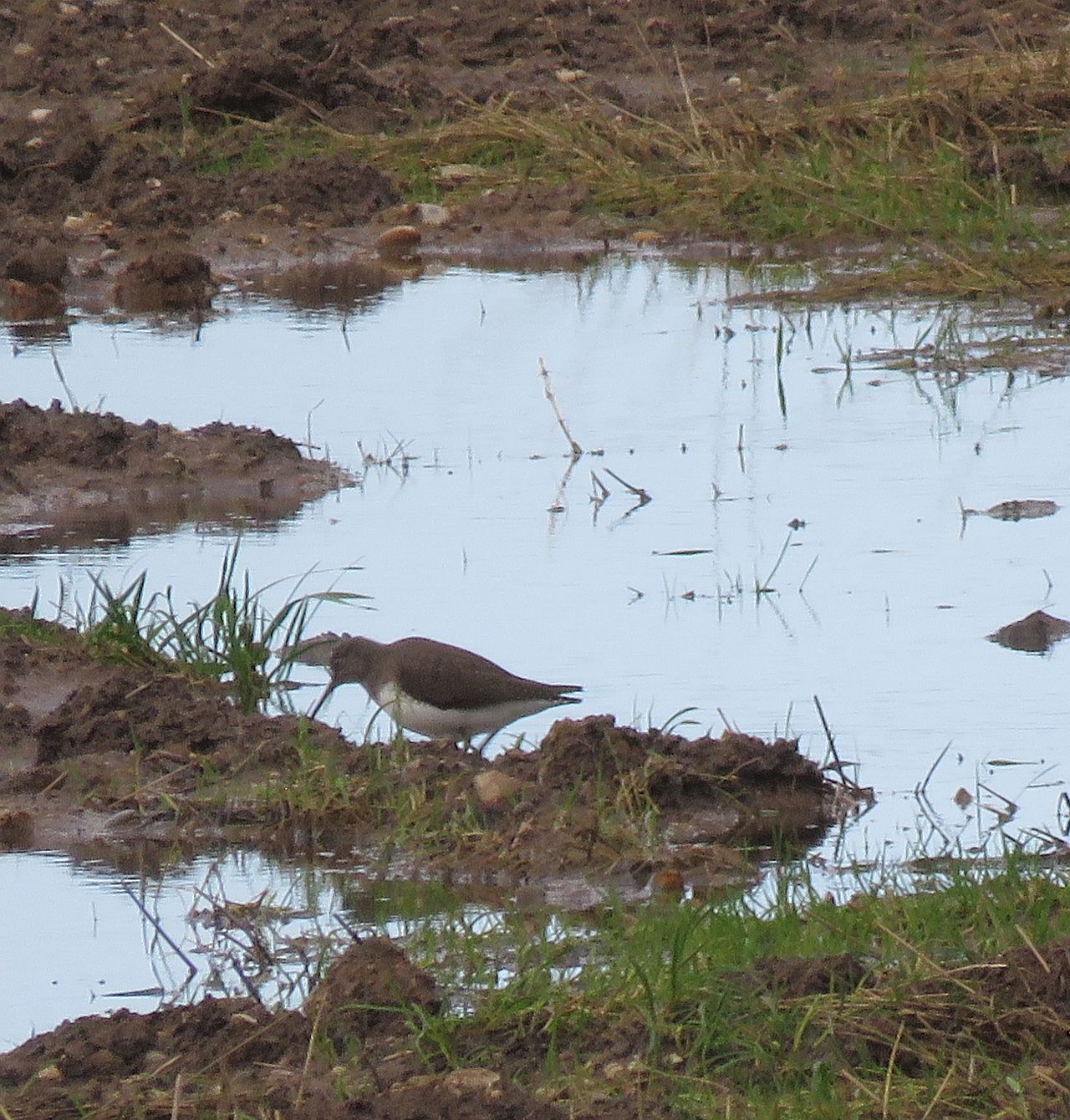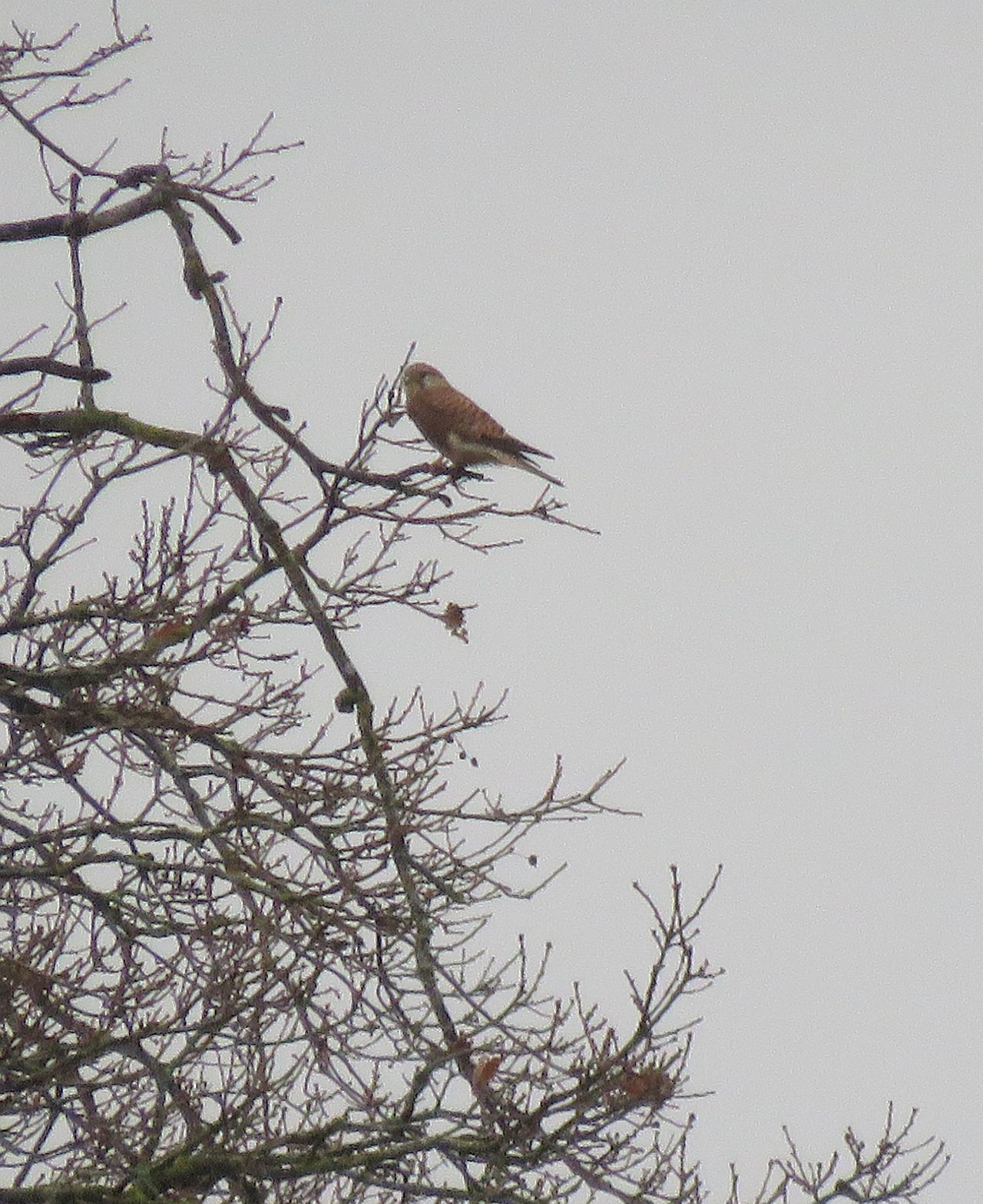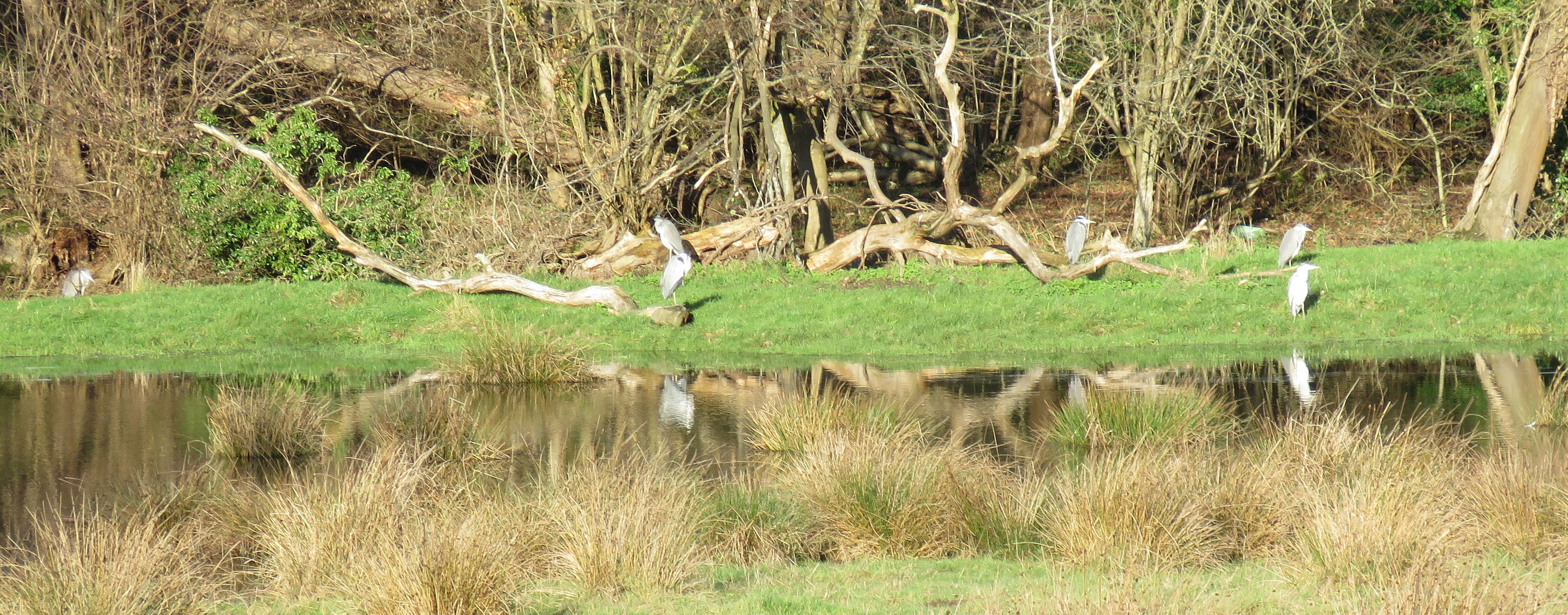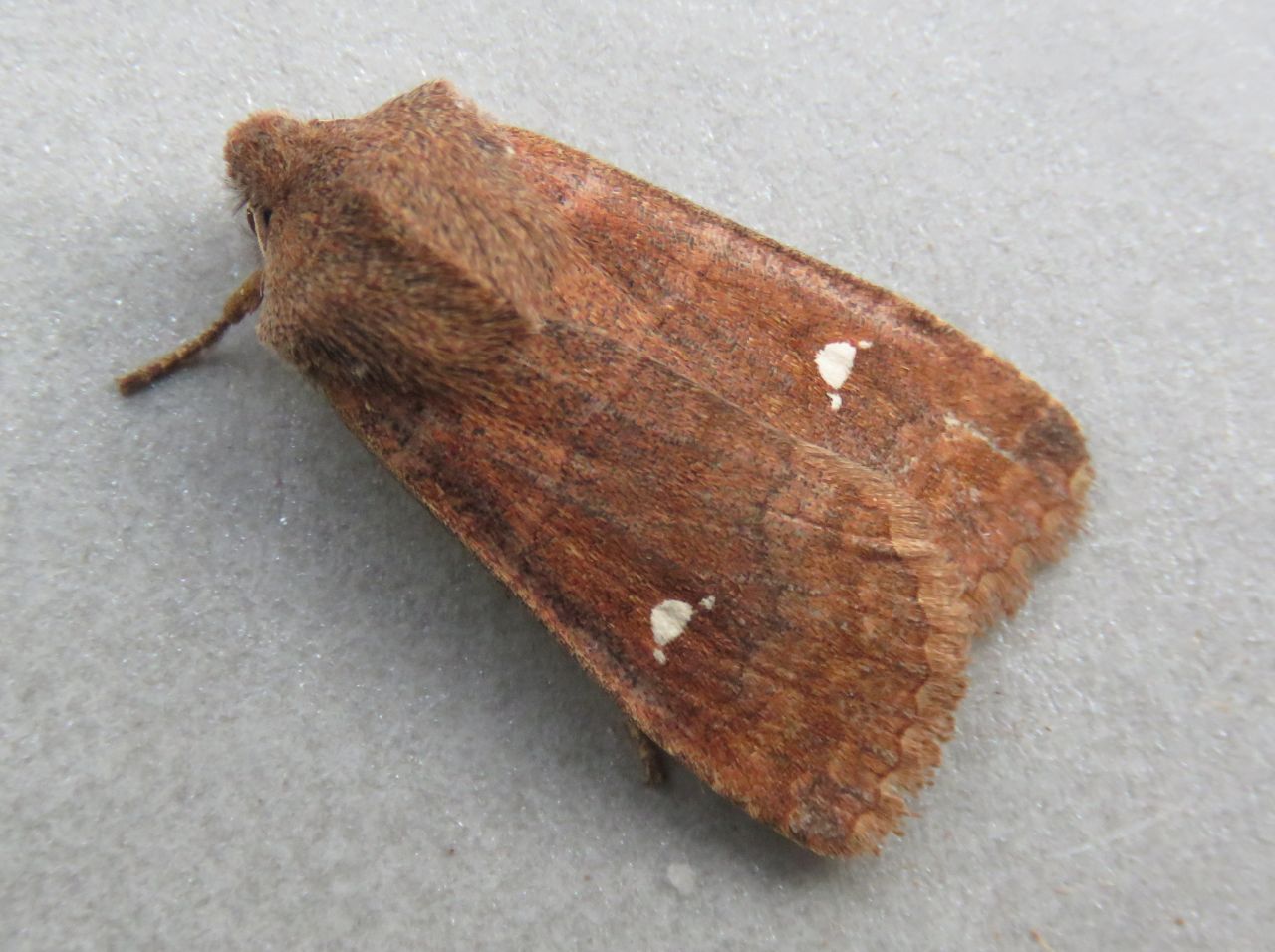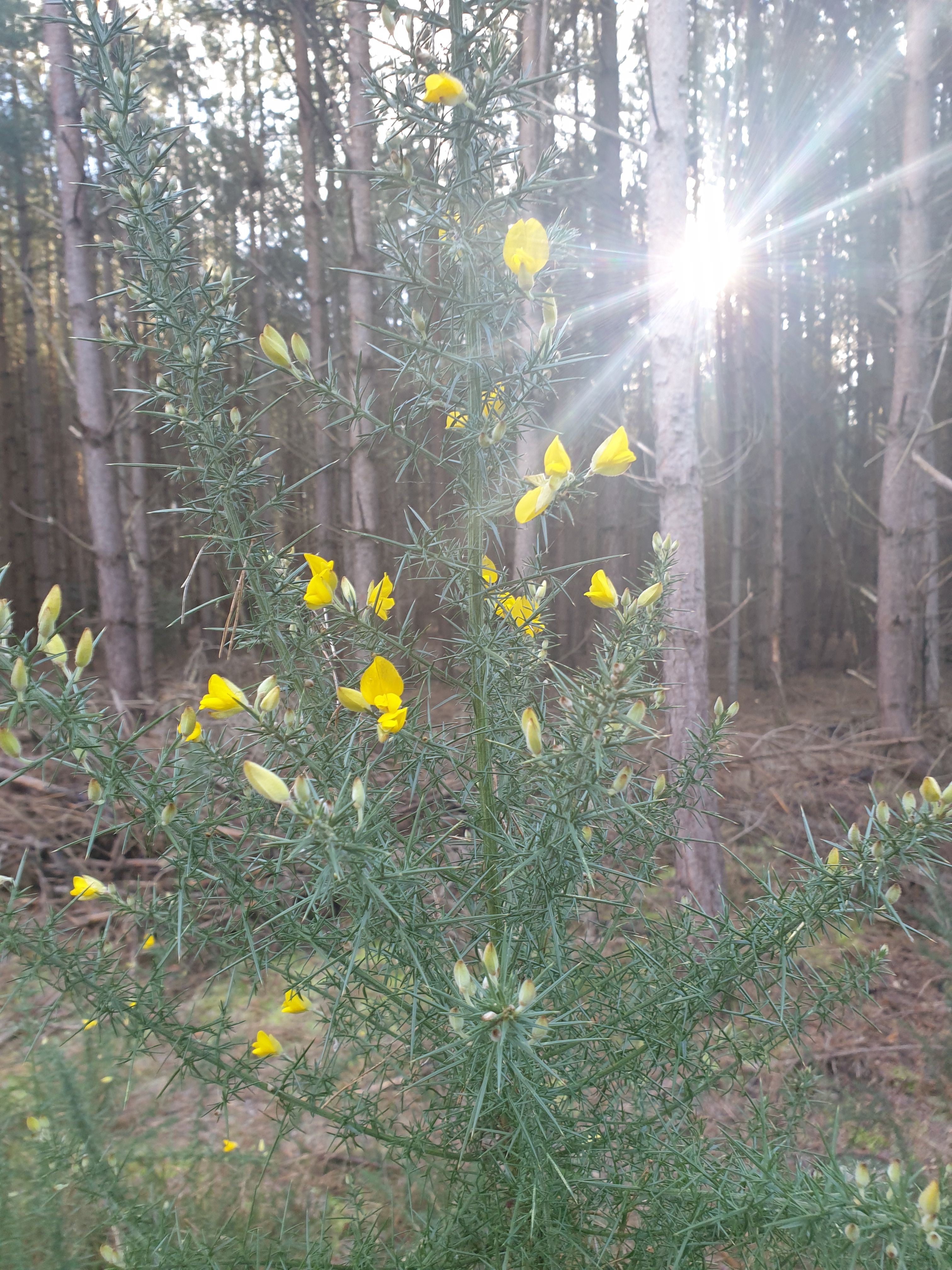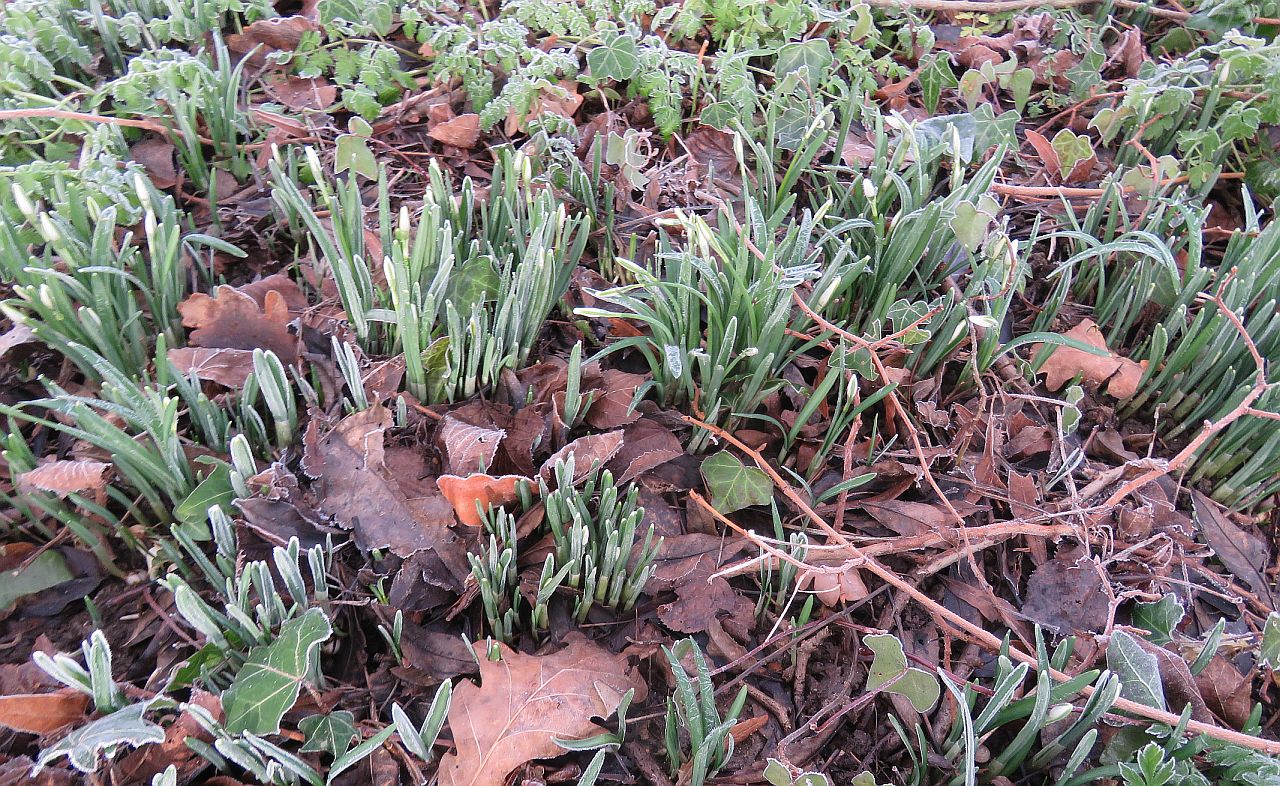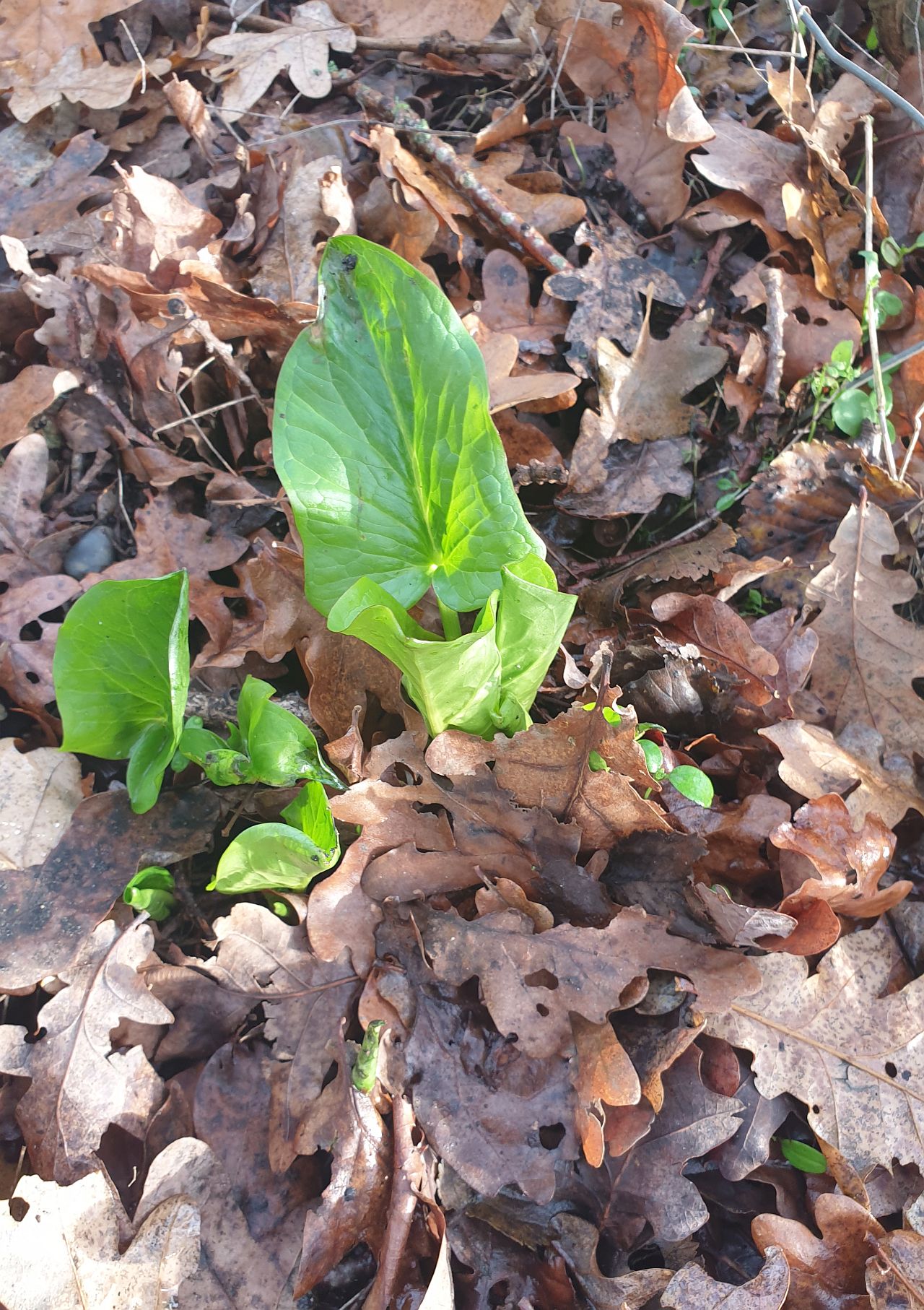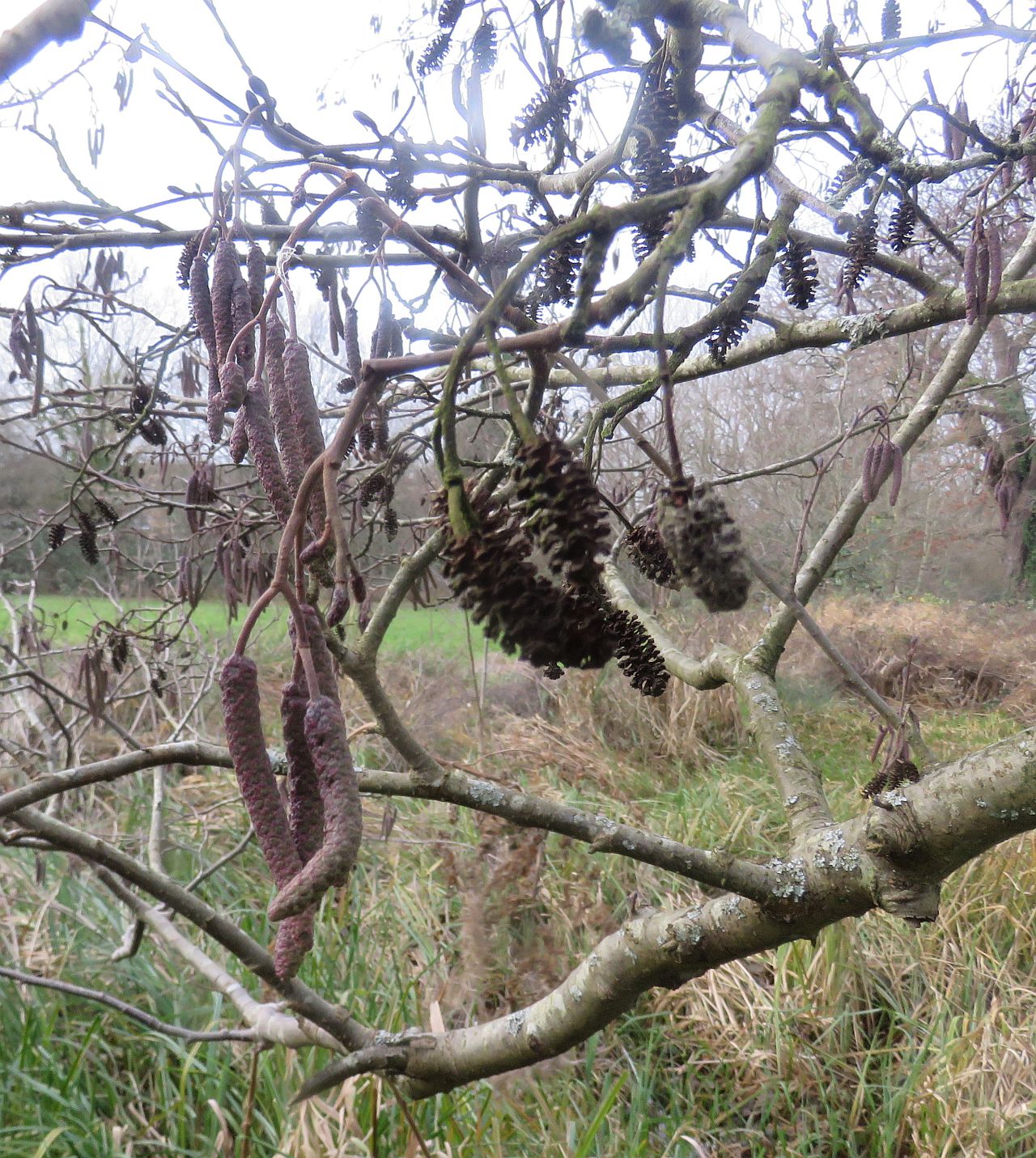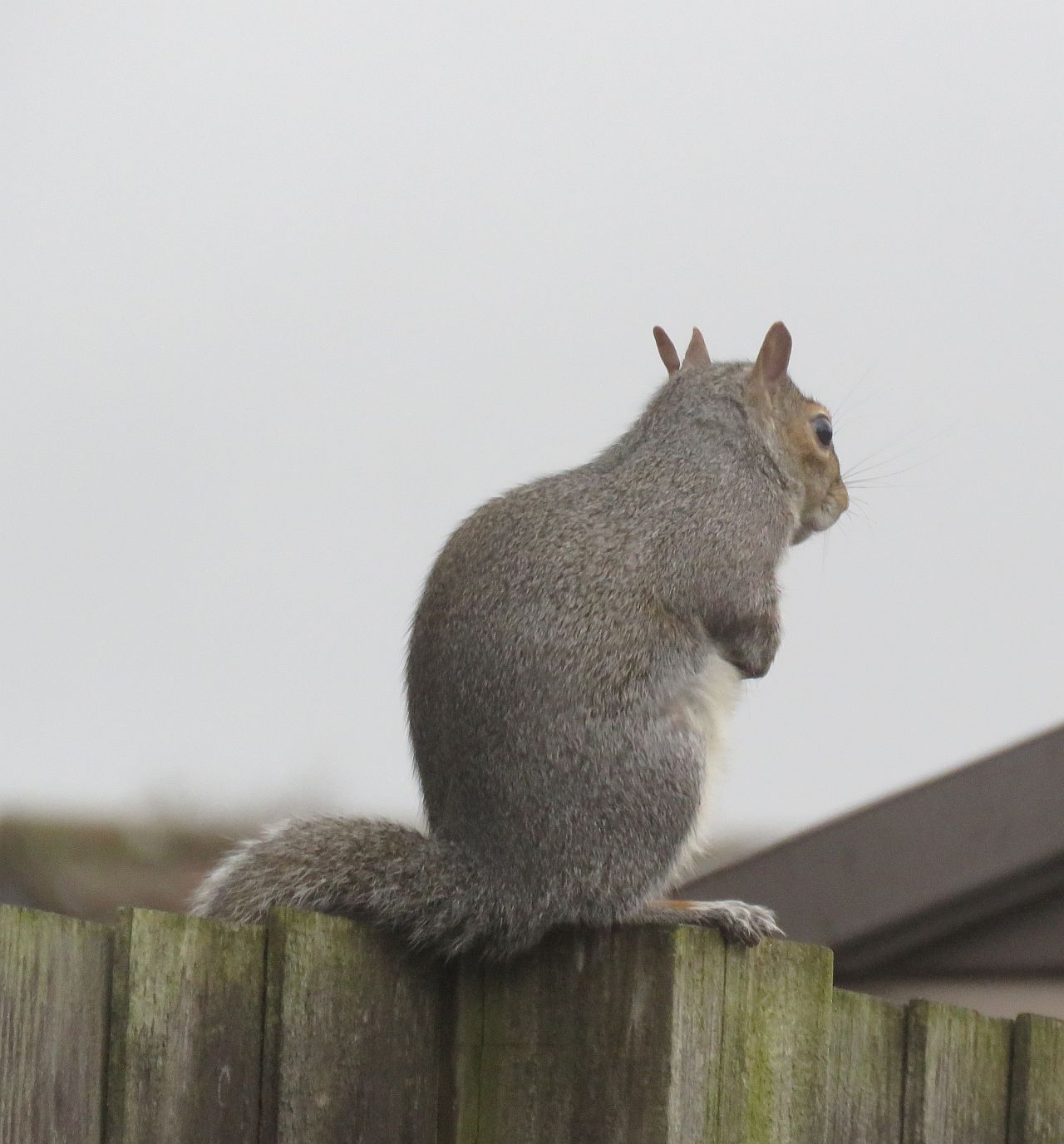
Click on the link to send in your sightings info@foteb.org.uk to help us monitor Emm Brook wildlife.This type of ‘citizen science’ allows us to get a clearer picture of what is happening along the Emm.
For previous months sightings see Archive
The "Area Seen" refers to the 11 sections that the Brook has been split into for monitoring purposes (see Wildlife page under Monitoring ).
For what you can expect to see on the Emm this month, click here January
All sightings unless stated are from personal observations by Eddie Napper.
Click on any picture to see a larger image
|
Birds
31/01/23 At 12:45 a Tawny Owl was heard calling in Area 4. In Area 7 a Little Egret was see sitting on the bridge over the Ashridge Stream at Toutley Road. In Area 5 a Great spotted Woodpecker was heard drumming and in trees by Morrissons car park a Song Thrush was belting out its beautiful but repetitive song. Song thrushes have one of the easier songs to identify. Although they have a varied repertoire, they repeat each of their short phrases up to three times before moving on to a completely different one, which no other common birds do. 30/01/23 The Cattle Egret was still present in Area 1 at Ludgrove also 35 Lapwing . 28/01/23 In Area 7 a Goldcrest was seen in garden Conifers by Carol Woodman. Ralph Watts was in Area 1 and saw the Cattle Egret , 3 Robin ,a Dunnock , 8 Redwing, 2 Long tailed Tit , 2 Red Kite , a Nuthatch, Green Woodpecker , 4 Siskin and heard Ring necked Parakeets . In Area 10 a Barn Owl appeared in its box in the Wet Meadow at 1657 before leaving at 1709 seen by David Rimes. 27/01/23
26/01/23
21/01/23 Seen in Area 10 today were 2 Bullfinch by the Green Bridge seen by Brian Bennett and a Barn Owl was in its box then in the trees at the back of the Wet Meadow seen by Marek Walford. 18/01/23 Brian Bennett was out and about on the old Golf Course in Area 10 and saw a Mistle Thrush , 50+ Redwing , 6 Fieldfare and a calling Chiffchaff a Grey Wagtail was also seen on the Activity Centre beach . A Kingfisher was seen in Area 7A feeding in the Ashridge Stream at Toutley Road bridge by Paul O'Neill 15/01/23 A Sparrowhawk was seen hunting near the Activity Centre in Area 10 by Steve Clarke. 13/01/23
09/01/23 Robert Godden was in Area 1 this morning and saw a Goldcrest , Buzzard , 3 Stock Dove , 24 Lapwing , 42 Redwing ,6 Linnet, 67 Common Gull , 14 Rook and a Treecreeper . 07/01/23 Near the Green Bridge in Area 10 whhere the Emm Brook meets The Loddon, 20 + Siskin were seen in the trees by Tim James. 06/01/23 The Green Sandpiper was again seen feeding in the puddles in a field adjacent to the A321, Twyford Road . 03/01/23
02/01/23
01/01/23 Another year and the sightings merry go round starts all over again I along with a lot of others visited Dinton Pastures in Area 10 , to start the year. It was a busy day. Seen in and around the Emm Brook on the "Beach" by the Dinton Activity Centre were Grey Wagtail , Lapwing and Little Egret by John Mac along with Redwing and Fieldfare on the Old Golf Gourse and a Kestrel on the wires in the Carpark field.At least 3 Raven were seen over the Area by numerous observers.Also seen on the old golf course but this time by Fraser Cottingham was a Mistle Thrush and 3 Collared Dove . Where the Emm Brook joins the Loddon by the Green Bridge a Chiffchaff and Bullfinch were seen by Marek Walford. Meanwhile Paul O'Neill was in Area 7A and registered a female Kestrel in a large Oak tree, off Queens road a male Stonechat between Queens road and the Ashridge stream, another or maybe the same female Kestrel in Ashridge Meadows and a pair of Stonechat around the East pool in Ashridge Meadows. |
Insects As you may have noticed its that time of year when Insects seem to disappear. Where do they go?, What do they do? Find the answers Where have the Insects gone? . 29/01/23
|
Plants/ Trees As the leaves on the trees and hedgerows start to change colour to a yellowey gold, find out why at Why do leaves change colour . 18/01/23
17/01/23
06/01/23
04/01/23
03/01/23
Fungi Do not eat any fungi that have not been properly identified , some are DEADLY when ingested . Amphibians and Reptiles
16/01/23 Discovered by a suprised Chas Stickler whilst digging over his Area 5 garden veg plot was a Common Frog Rana temporaria under the ground in a burrow. In Britain, common frogs largely hibernate on land. They usually find somewhere underground, or tucked inside a structure that sits on the ground surface. Hence, frogs might overwinter in a mammal burrow, or inside a compost heap. The important thing is that it’s a place where the frog will be buffered against extreme cold, and won’t lose too much water. Having permeable skins, frogs are at risk of drying out if they spend long in a place with no moisture. Mammals 17/01/23 During the nestbox clearance in Area 7 a dead Red Fox Vulpes vulpes was found in the hedgerow. 04/01/23 Late news from 29/12/22, a European Hedgehog Erinaceus europaeus was seen visiting an Area 7 garden by Carol Woodman. Is this worrying? Typically, hedgehogs hibernate from late December / early January until late March time. However, this is very dependent on the weather and the individual hedgehog, as some will hibernate earlier or later and some not at all! 04/01/23
Molluscs
|


